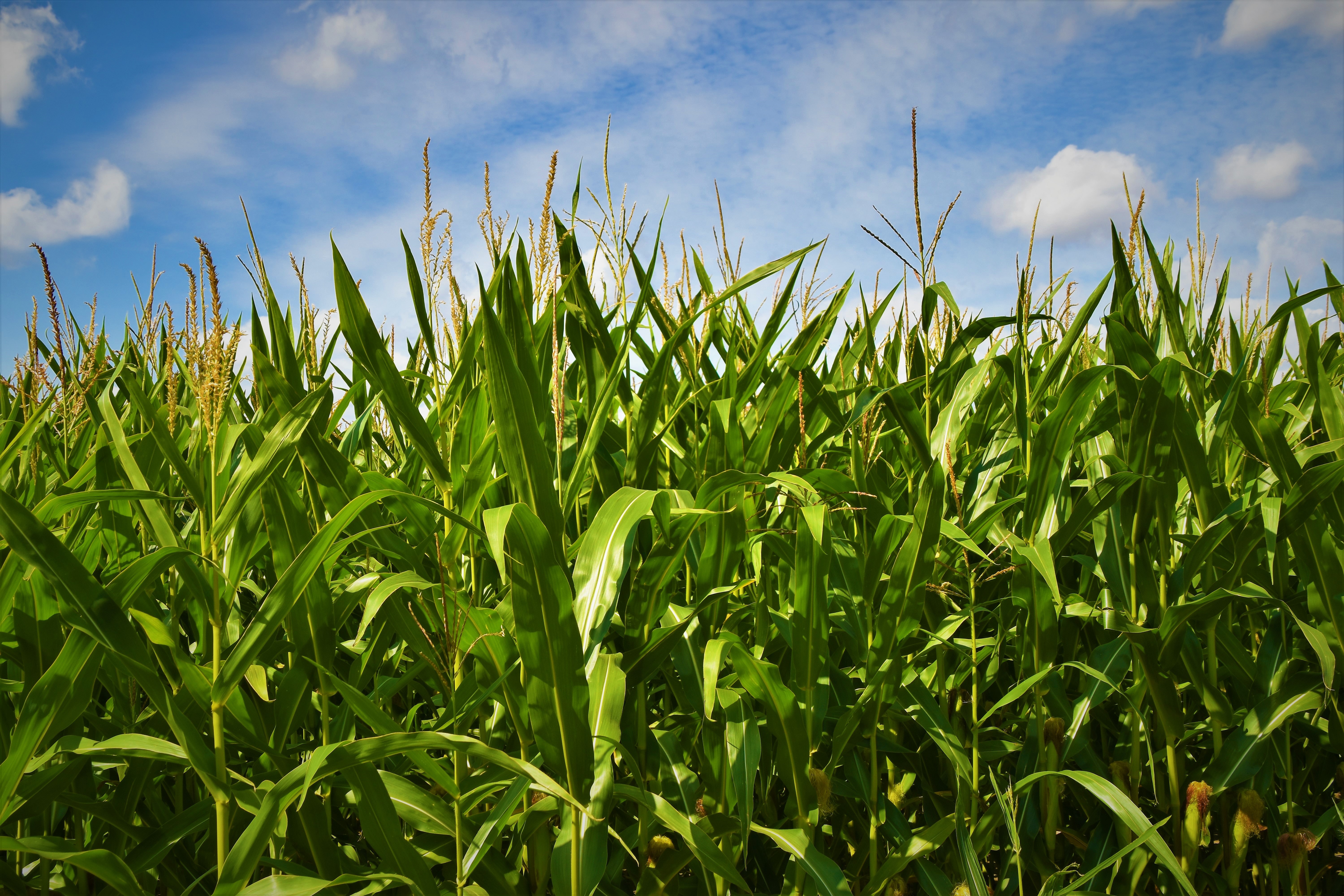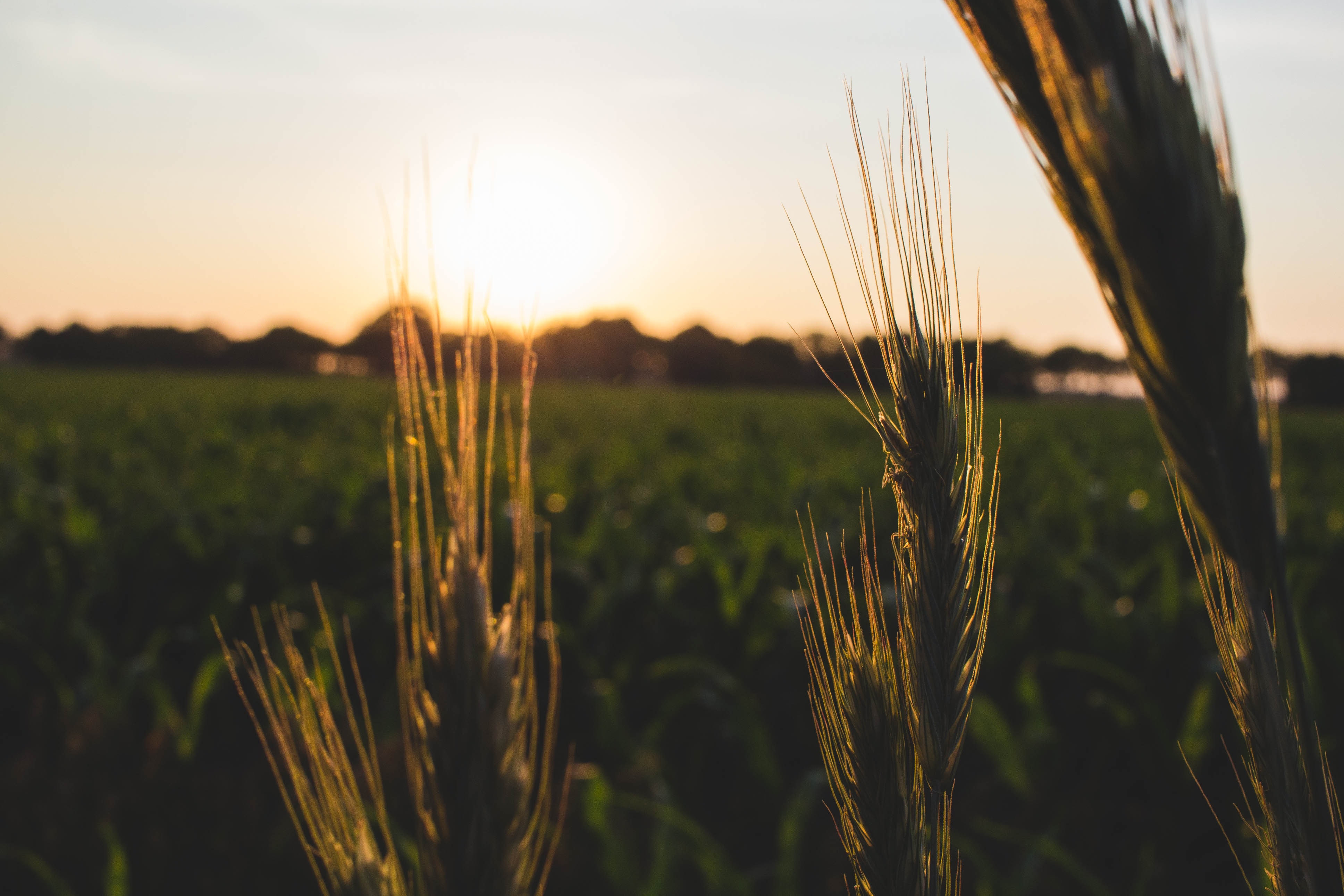This year has turned into the summer of “the have’s and have not’s”, in more ways than one. We have all become very familiar with the COVID-19 pandemic and how it has caused havoc on many people’s lives. Some families are facing food and financial insecurity for the first time in their lives. It is wonderful to see so many stepping up to fill the void for these families through financial donations to charitable organizations or food donations to local pantries. The USDA and Pennsylvania Department of Agriculture’s food box donation programs are also helping these families in need.
Within agriculture, COVID-19 is not the only issue creating uncertainty for farmers right now. In fact, farmers face a multitude of issues that, at any point, can take them from “have” to “have not.” Price volatility, changes in consumer preferences, market losses, and catastrophic events on the farm can all quickly change the future of a family farm. One really good example of something that can separate the “have’s” and “have not’s” is the weather.
The 2020 planting season in Pennsylvania started out better that recent years with most farmers getting their crops in on time or even early. However, as the summer progressed, some regions of the state continued to get rain while others dried up. With temperatures above 90 degrees for weeks on end, farmers in these regions saw their corn, hay and soybean crops burn up. Those who had steady rains, though, may be looking forward to phenomenal yield this fall with the mixture of heat and moisture, if the crop continues to progress well.
Just last week, as we were driving down Route 15 in Adams County, I could see the scenario of the “have’s” and “have not’s” playing out from my passenger window. In northern Adams County, the dark green corn, now in tassel, reached up to the sky, looking full and rich. As we went further south, though, the corn color started to fade, and the height started to shrink. Finally, as we reached our destination, you could see vividly how much the dry weather had hurt the crops, with faded brown corn in tassel reaching only up to my waist.

Insurance Programs Help
The farm where we went was one of the ones in the middle of the drought, and I spoke to one of the partners on the farm. His comment was, “at least I know I can turn it into crop insurance and move on to next year.” While having crop insurance was not going to restore all the losses the drought caused, it did take him from a point of devastation to at least knowing with certainty that he could move forward.
Dairy farmers who had signed up for USDA’s Dairy Margin Coverage Program last fall and who took out Dairy Revenue Protection Program policies for the second quarter of this year were also able to move from a point of devastating loss to at least knowing with certainty they could move forward. Even with Class III prices spiking in June, the all-milk price for the second quarter still only averaged $15.36 per hundredweight. That is well below breakeven levels for most Pennsylvania dairy farms.
Those farms that enrolled in DMC last fall received payments in April and May to help restore that loss. An average 80-cow dairy with 70 pounds of milk a day would have received indemnity payments of about $5,800 in April and $7,100 in May. Their DMC annual premium for 2020 was 15 cents per hundredweight or about $2,900 total. That is a net gain of nearly $10,000 to help cover losses during those two months.
Farmers who took out Dairy Revenue Protection policies for the second quarter of 2020 last fall through their authorized crop insurance provider also saw substantial indemnity payments come in the mail this month. Both the DMC and DRP Programs have premium costs associated with them. However, the farmers who viewed those costs as another “part of doing business” are in a much better position to move forward than those who did not.

Not Too Late to Protect Your Risks
With the pandemic still unfolding and continued uncertainty in the marketplace, nobody knows for sure what milk prices are going to look like this fall or into 2021. Class III prices were averaging above $20 for the third quarter of 2020, but they fell hard just within the last couple of weeks. Currently, Class III prices average $16.86 per hundredweight for the next 12 months, while Class IV prices average $14.46.
The Dairy Margin Coverage Program allows dairy producers to lock in a margin of $9.50 for 15 cents per hundredweight, no matter how far market prices fall. The Dairy Revenue Protection Program allows you to lock in a price based on current market forecasts to have as your floor, no matter how far prices fall. For example, based on the futures prices on August 5, you could lock in a floor of $16.49 per cwt. on a 50/50 blend price of Class III and Class IV for the third quarter of 2021.
USDA has announced that Dairy Margin Coverage Program enrollment for 2021 will open October 21. Farmers must contact their local FSA Offices to enroll in the 2021 program year by December 11. Dairy Revenue Protection coverage can be purchased through authorized crop insurance agents on most days that dairy markets are open, but farmers must enroll first to participate in the program.
The pandemic, the drought and all the other uncertainties playing out this summer have demonstrated how quickly someone can move from a point of “have” to “have not.” Protecting your risks through crop insurance and through the dairy insurance options available is one way you can protect your ability to move forward when it happens to you. If you want to learn more about your risk management options, our Dairy Risk Education Manager Zach Myers is available for a phone call or a visit to your farm. Contact him at 717-346-0849 or by email at zmyers@centerfordairyexcellence.org.
Editor’s Note: This column is written by Jayne Sebright, executive director for the Center for Dairy Excellence, and published monthly in the Lancaster Farming Dairy Reporter.

